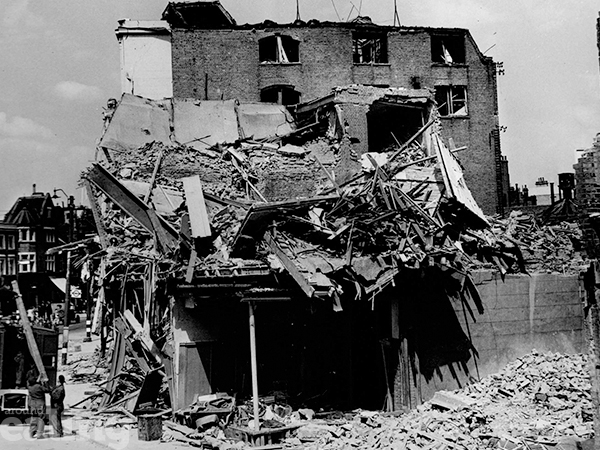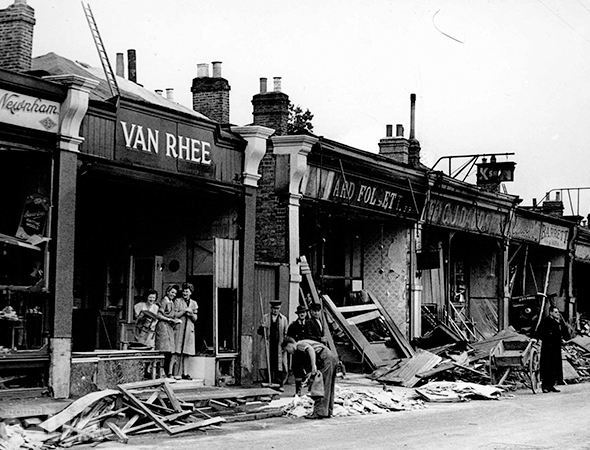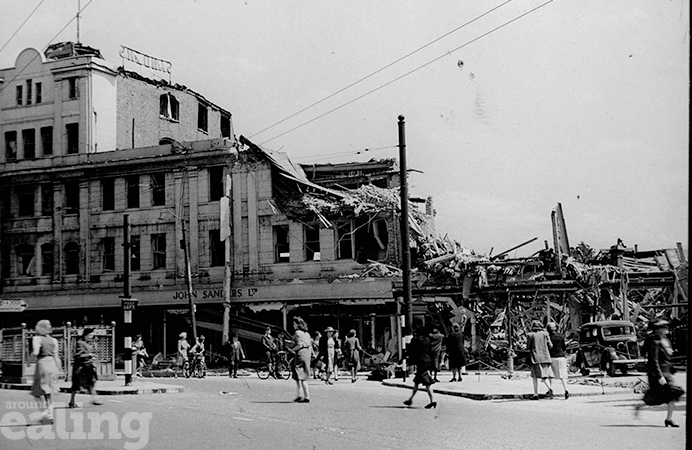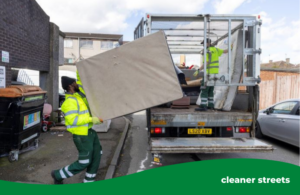On 6 June 1944, the Second World War entered its final phase. The eventual Allied victory in Europe seemed certain, with the success of the Normandy landings on D-Day. But it wasn’t over for those at home, as Dr Jonathan Oates explains. This included an awful incident on 21 July – 80 years ago.
For the civilian population of south-east England, there was one final ordeal. Most people did not know at first exactly how they were being attacked in mid to late June.
There were explosions and air raid warnings, but no enemy aircraft could be seen. Was it a case of being shelled by long range artillery?
A new type of weapon
It turned out that the Germans had invented a new weapon, ‘pilotless planes’, as they were first called, or V1 missiles or ‘doodlebugs’. These could be fired from launching pads on the continent at any time of the day or night. They would fly, with a distinctive buzzing noise, until the fuel ran out, then fall to the ground and explode.
On 16 June, the first V1 fell on this locality, exploding in Wesley playing fields in north Acton. A few people were injured and a few buildings nearby were damaged, but it was not serious. Worse was to come. Two days later a V1 hit Norwood Rectory and Miss Saunders, who was there at the time, was taken to hospital, where she died on the next day.
Over the next 2-and-a-half months, more V1s fell on Ealing, Acton and Southall. Some fell, relatively harmlessly, on parks and open spaces but most were on shops, workplaces and houses.
Family killed in West Ealing
The worst incident occurred in West Ealing on 21 July, where 23 people were killed. A family of 5 were all killed by a V1 missile which hit their house in Deans Road, Hanwell. In central Ealing the department store, Sanders, was destroyed, as was the Railway Hotel opposite on the corner of the High Street and the Broadway.


Many parents chose to evacuate their children, as they had in 1939 and 1940. For those who stayed, lessons were disrupted on an almost daily basis, sometimes several times. Although no schools were seriously damaged, the alarms had to be taken seriously because it could never be known when a missile would fall with dire results. So many children had to spend time each day in the school shelters.
Another type of rocket, then silence
The attacks seemed to end at the end of August, as launch sites were being overrun, though alarms still disturbed people’s lives.
Only one V2 rocket, the next generation of weapon from the V1, and which were far more dangerous, affected the locality. This was on 31 October. Fortunately, it exploded in mid-air over Hanger Lane, and the fragments scattered over a wide area of Ealing. Next day, the police collected what fragments they could find.
The last V1 to be fired on this district was on 14 March 1945, when an army ordnance base in Greenford was hit. A total of 14 lives were lost but only 10 could be identified. It is one of the mysteries of the war who the other 4 were.
Deadly – but could have been deadlier
In total, there had been 25 V1 attacks in this district, leading to 89 people being killed. The 2 versions of the V weapons did not change the course of the war one whit, but added to the sufferings of the public. But it could have been worse for many of the V1 missiles were shot down by anti-aircraft fire on the coast and by the efforts of the RAF. One Hanwell pilot was decorated for shooting down a dozen of them.





